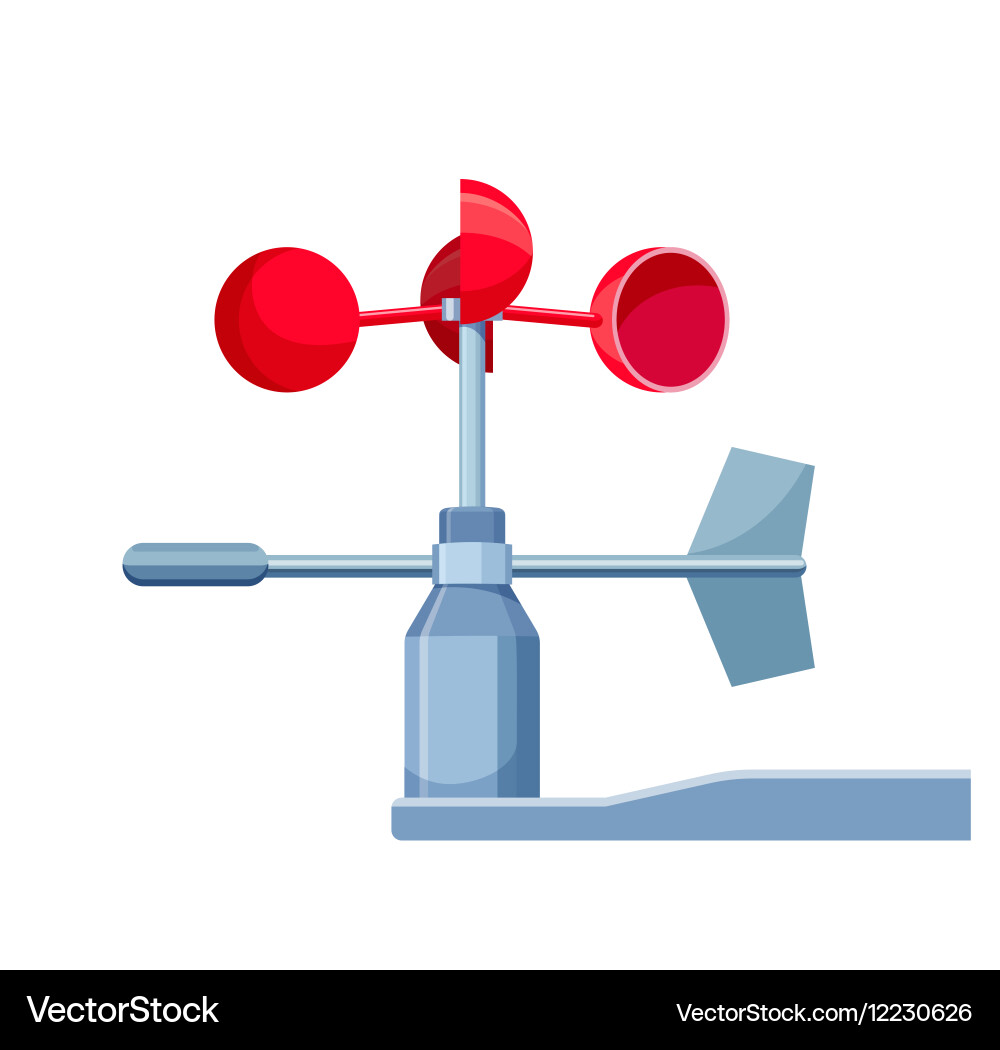Why an Anemometer is Vital for Your Environmental Information Collection
Why an Anemometer is Vital for Your Environmental Information Collection
Blog Article
Checking Out the Functions and Benefits of Anemometers for Climate Lovers and Specialists
From cup anemometers to sonic anemometers, each type brings its distinct collection of applications and advantages, losing light on numerous elements of atmospheric problems. As we delve right into the features and benefits of anemometers, a much deeper understanding emerges not only of prevailing weather sensations but likewise of the more comprehensive ramifications for sectors like wind power manufacturing and environmental study.
Importance of Anemometers in Climate Surveillance
Anemometers play an essential duty in weather tracking by offering accurate measurements of wind speed, aiding in projecting and understanding climate patterns. These instruments, ranging from standard cup anemometers to modern-day ultrasonic anemometers, are important for meteorologists, scientists, and climate fanatics alike.

Kinds of Anemometers and Their Applications
With the crucial duty anemometers play in weather condition tracking and projecting, comprehending the various kinds of these tools and their applications becomes essential for experts and lovers in the area. The most typical kinds of anemometers include mug anemometers, vane anemometers, hot-wire anemometers, and ultrasonic anemometers. Cup anemometers are composed of 3 or 4 mugs installed on horizontal arms that turn with the wind, measuring its rate. Vane anemometers, on the other hand, utilize an openly rotating vane to align with the wind instructions, supplying both wind rate and instructions dimensions. Hot-wire anemometers run based upon the principle of convective warmth transfer, where the cooling impact of the air flow is gauged to determine wind rate. Ultrasonic anemometers use ultrasonic noise waves to determine wind speed and instructions accurately.
Each sort of anemometer has its one-of-a-kind advantages and applications. Mug anemometers are ideal and durable for basic climate monitoring, while vane anemometers are favored for directional measurements. Hot-wire anemometers are sensitive to low air velocities, making them perfect for interior atmospheres. Ultrasonic anemometers are non-intrusive and use high accuracy, often utilized in research and specialized weather monitoring applications. Understanding the qualities and applications of each kind of anemometer is vital for choosing the most ideal tool for details weather keeping track of requirements.
Advantages of Making Use Of Anemometers in Projecting
In meteorology, the utilization of anemometers supplies invaluable benefits for boosting the accuracy of weather condition projecting. Anemometers determine wind rate and instructions, giving critical data for predicting weather condition patterns. By including wind information right into forecasting versions, meteorologists can better understand the movement of weather systems, anticipate adjustments in weather, and problem extra precise forecasts.
Moreover, anemometers play a vital duty in examining possible weather dangers. Keeping track of wind speeds aids forecasters anticipate extreme climate occasions such as storms, hurricanes, and winter season storms with greater accuracy. This very early caution system makes it possible for authorities to issue prompt notifies and implement necessary security procedures, reducing the dangers to life and residential or commercial property.
In addition, anemometers help in optimizing renewable power production. By assessing wind patterns, meteorologists can recognize suitable places for wind farms and predict power output, contributing to the efficient generation of wind power.

Anemometers in Wind Power Manufacturing
Provided the vital role anemometers play in providing exact wind information for weather condition projecting and hazard evaluation, their value reaches the world of wind energy production. Anemometers are essential instruments in the area of wind energy, where the measurement of wind rate and direction is essential for figuring out the usefulness and performance of wind turbine installments. By precisely gauging wind rates at differing elevations, anemometers aid optimize the placement and design of wind generators to make the websites most of power output.
In wind farms, anemometers are tactically put to gather real-time wind data that is made use of to analyze the possible energy manufacturing of a site. This data contributes in identifying the financial feasibility of wind energy tasks and in projecting energy generation to make certain grid stability. In addition, anemometers aid in checking wind problems to maximize turbine efficiency, avoid damages from high winds, and ensure the security of workers working in the area of wind turbines.
Enhancing Climate Recognizing With Anemometers

Anemometers play a vital role in boosting our understanding of microclimates. These local weather problems can differ considerably from find out here now wider regional forecasts, making it essential to have exact information for particular areas. anemometer. By tactically putting anemometers in various areas, researchers can collect comprehensive details on how wind acts in various surfaces, metropolitan environments, or bodies of water
Additionally, anemometers add to boosting weather condition forecasting designs by offering real-time data on wind behavior. This info is especially useful for forecasting serious weather condition events, maximizing agricultural methods, and sustaining markets like aviation and maritime navigation. Generally, anemometers are very useful instruments that allow us to dive deeper into the intricacies of climate systems, ultimately resulting in more better-informed decisions and exact predictions.
Final Thought
In final thought, anemometers play an essential function in climate monitoring and projecting by gauging wind rate Source and direction. Anemometers also have applications in wind power production, further highlighting their relevance in both weather forecasting and renewable energy markets.
From cup anemometers to sonic anemometers, each type brings its special collection of applications and advantages, shedding light on numerous elements of atmospheric conditions. These instruments, ranging from conventional mug anemometers to contemporary ultrasonic anemometers, are vital for meteorologists, scientists, and climate fanatics alike. The most common kinds of anemometers include mug anemometers, vane anemometers, hot-wire anemometers, and ultrasonic anemometers. Mug anemometers are durable and suitable for basic weather monitoring, while vane anemometers are preferred for directional dimensions. Anemometers are vital tools in the area of wind energy, where the dimension of wind rate and instructions is vital for identifying the feasibility and efficiency of wind generator installments.
Report this page